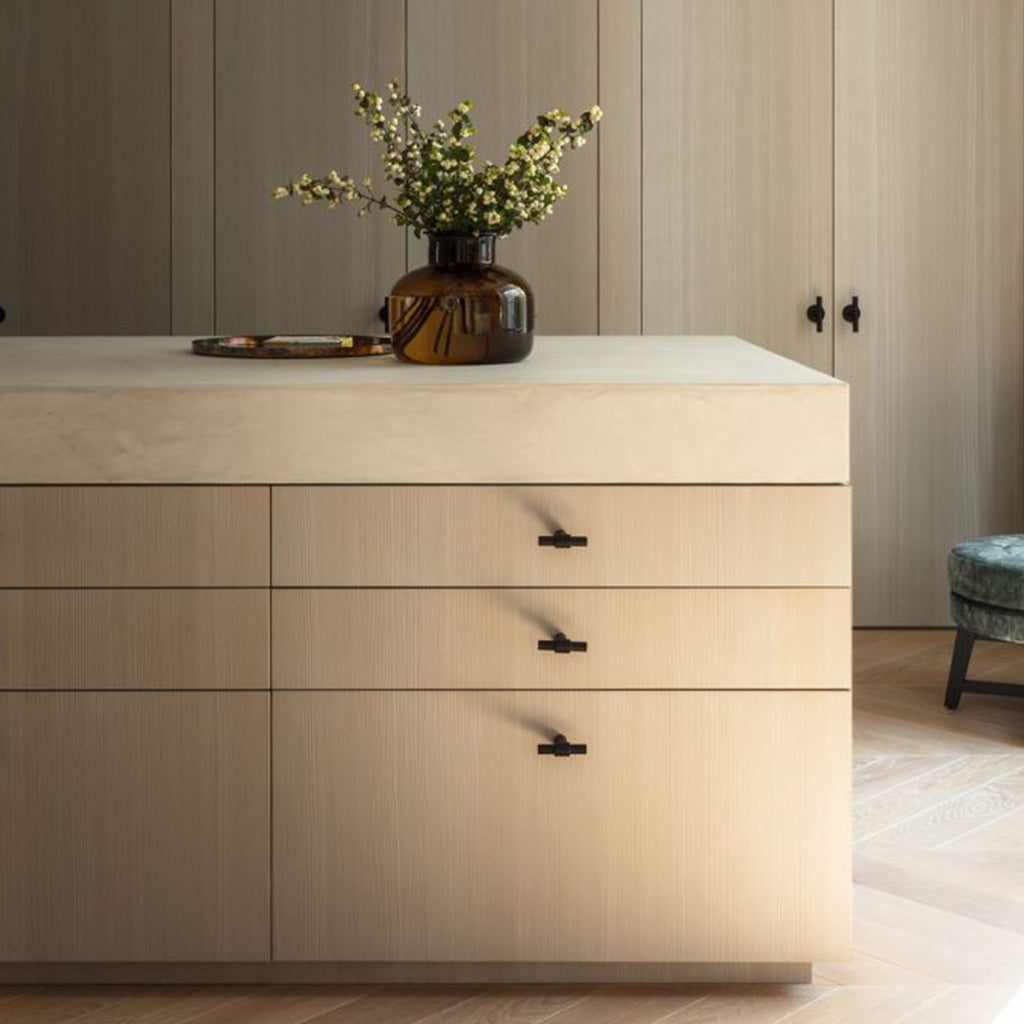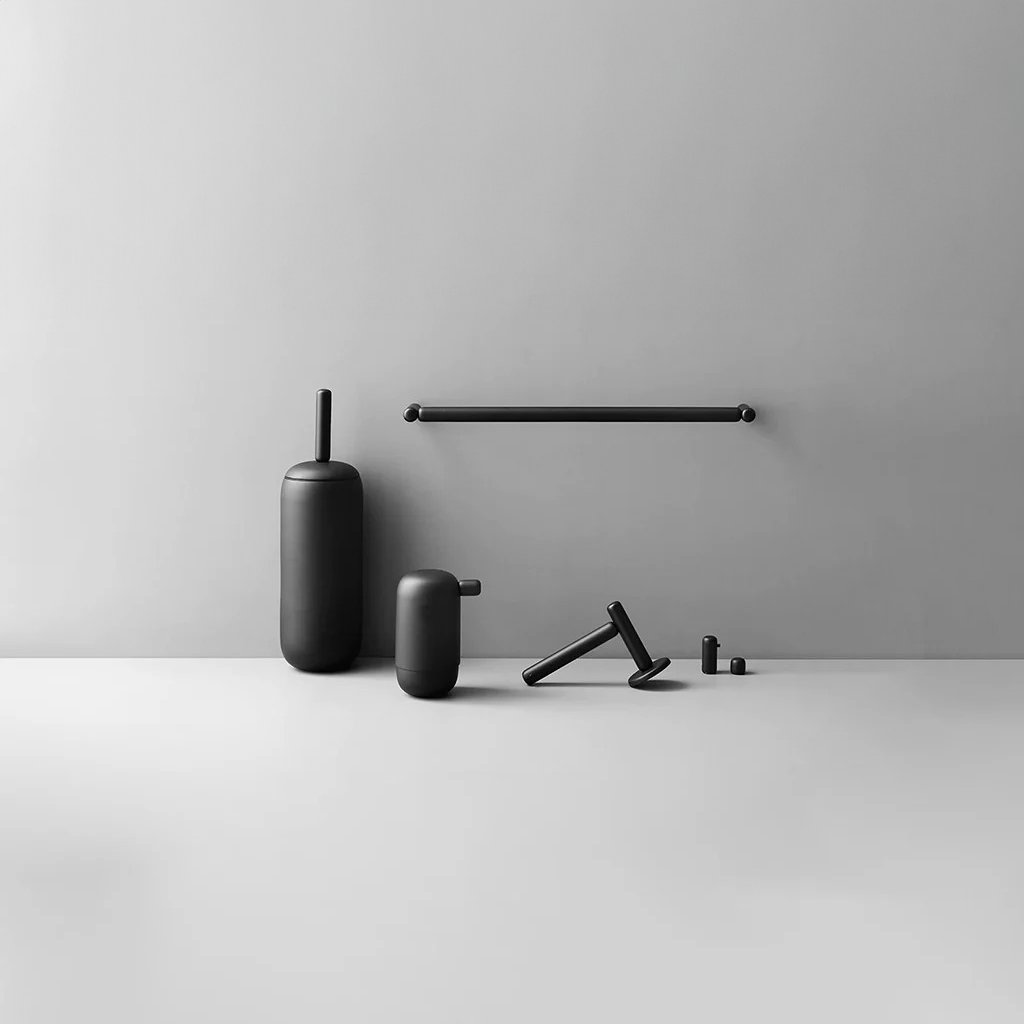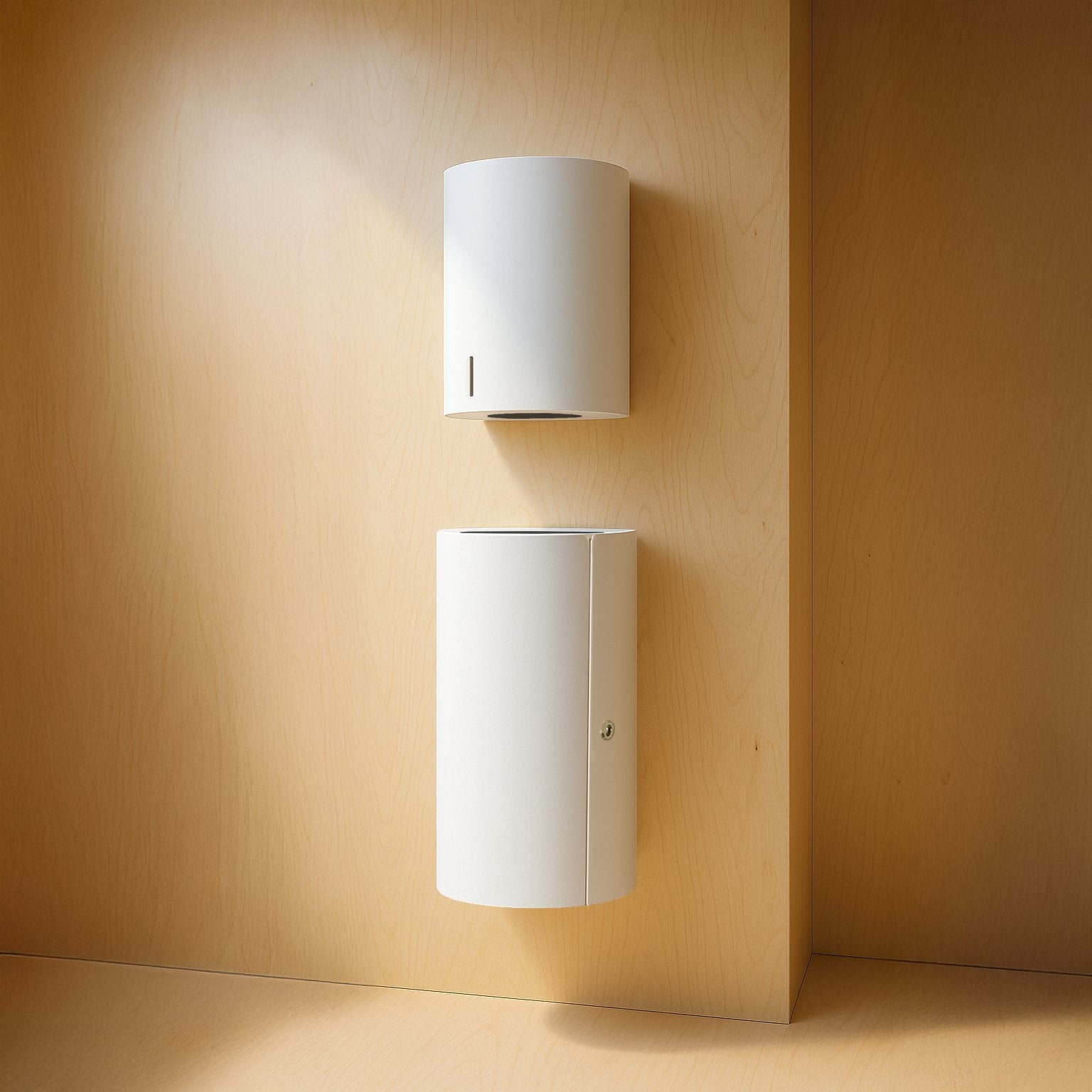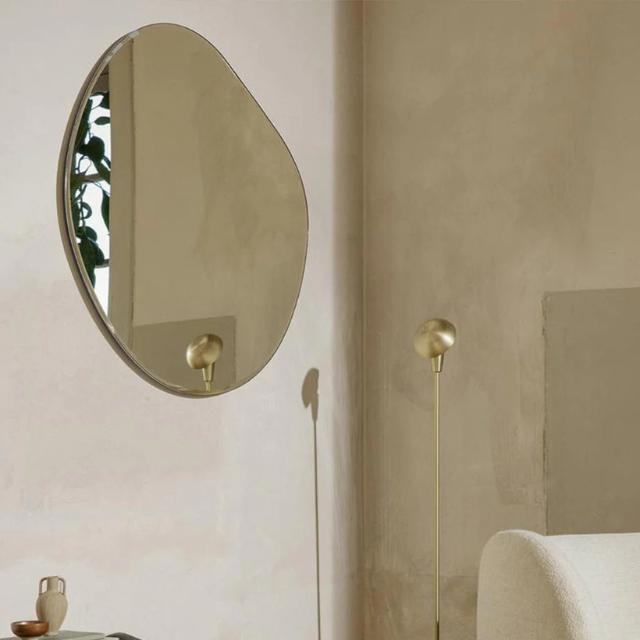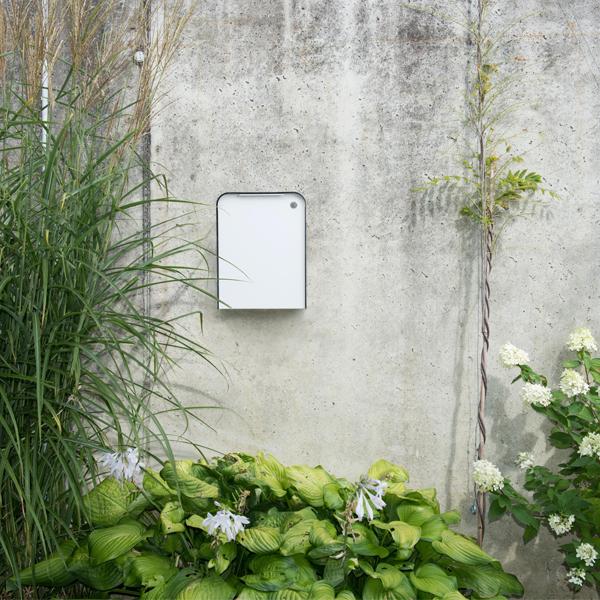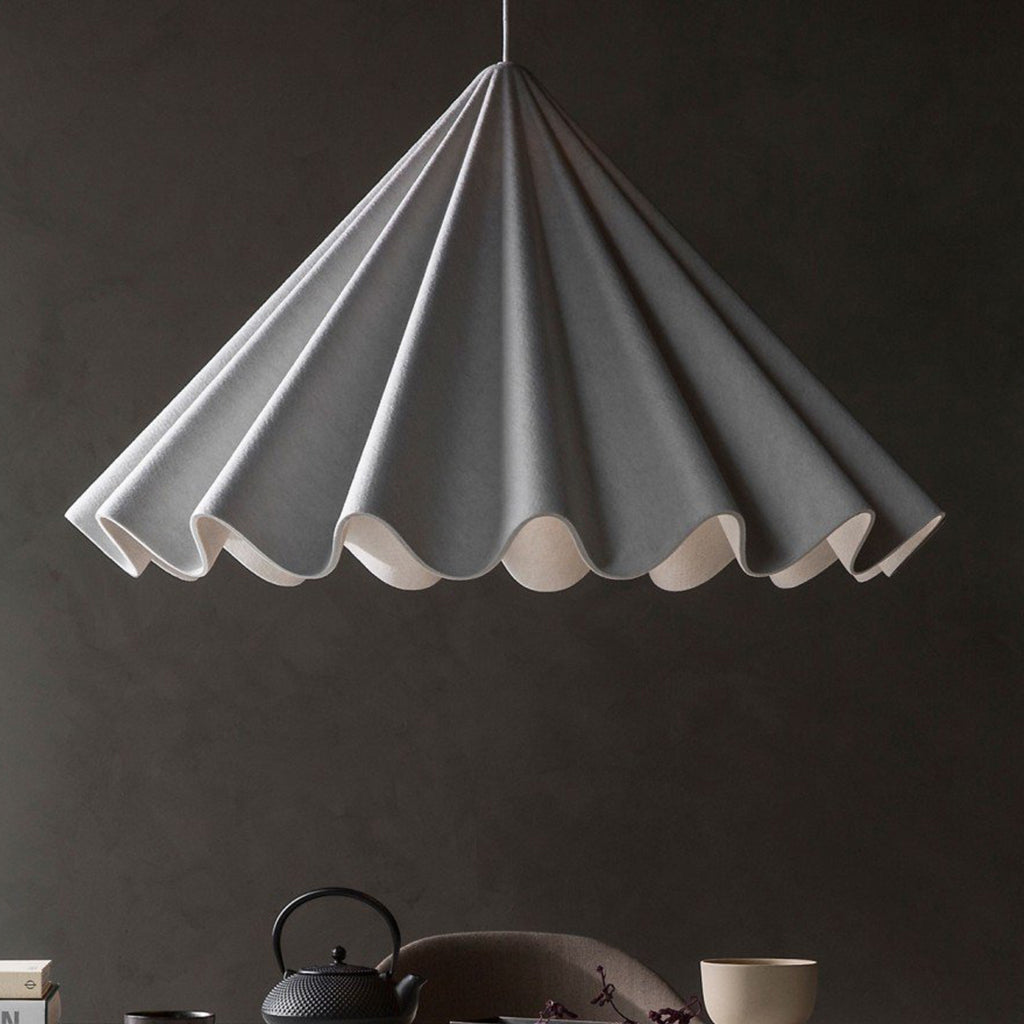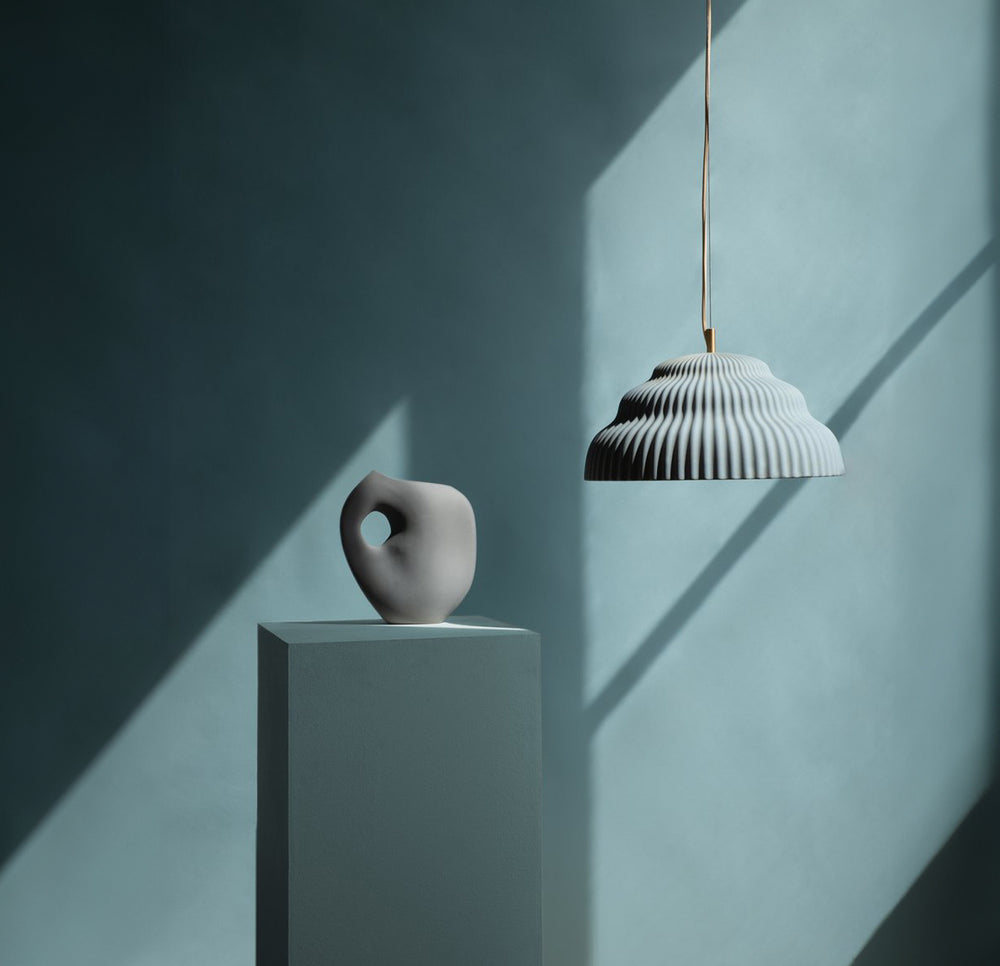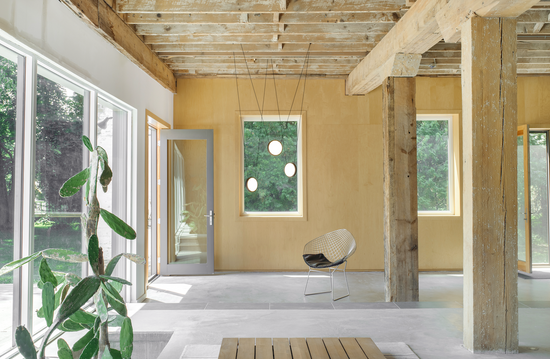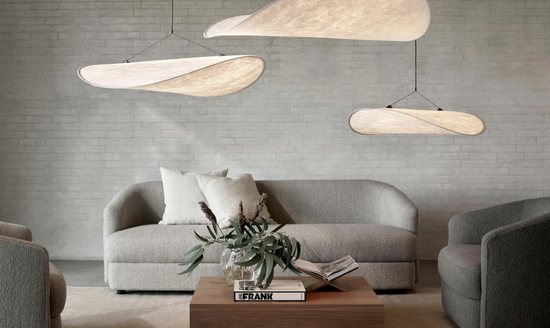Lighting Certification and Design Tips
Navigating the Illuminated Path: Understanding North American Lighting Certification
In the ever-evolving world of lighting technology, safety and efficiency stand at the forefront of design and manufacturing. North American lighting certification represents a pivotal step in bringing new lighting solutions to market, ensuring they meet rigorous standards for safety, performance, and energy efficiency. This blog post delves into the intricacies of lighting certification in North America, highlighting the key organizations involved, the certification process, and the importance of these standards in the industry.
Casson Hardware serves customers globally, with a primary focus on the US and Canada. It's essential to recognize that not all certifications may apply to your location.
There is a Certification Tab in all lighting product pages that outlines applicable certification for each light. We suggest confirming compatibility with your installer based on your local code requirements. For orders of 5 or more units, we offer the option to obtain additional certifications on a broader range of our lighting products if required, although some products may not qualify. Please note that requesting additional certifications will result in extra charges and longer lead times.
If you have any additional questions or concerns regarding the installation or compliance with regulations of our products in your specific area, we encourage consulting with a licensed electrician or a professional advisor before proceeding with your purchase.
Anony Phase 03 Pendant.
The Beacon of Safety and Efficiency: Lighting Certification Organizations
Lighting products in North America are subject to a comprehensive certification process before they can grace homes, offices, and public spaces. This process is not just a regulatory hurdle but a commitment to safety, quality, and environmental stewardship. It involves several key organizations:
Underwriters Laboratories (UL) : UL certification is one of the most recognized marks for safety in the United States. It indicates that a product has been tested and found to meet specific safety requirements. For lighting products, UL covers a wide range of standards addressing electrical safety and fire risks.
CSA Group (Canadian Standards Association) : Similar to UL, CSA certification is required for lighting products sold in Canada. It ensures that products comply with Canadian safety standards, which are often similar but not identical to those in the United States.
ETL Listed Mark : Owned by Intertek, the ETL Listed Mark is an alternative to UL and CSA certifications. It demonstrates compliance with North American Lighting Certification safety standards. For lighting products, having the ETL Listed Mark indicates that the product has been tested and meets the necessary safety standards.
Energy Star : Managed by the U.S. Environmental Protection Agency (EPA) and the U.S. Department of Energy, Energy Star certification is not a safety certification but an indication of energy efficiency. Lighting products that earn the Energy Star label meet strict energy efficiency specifications and offer significant energy savings.
DLC (DesignLights Consortium) : The DLC is a non-profit organization that promotes high-quality, energy-efficient lighting solutions. While not a safety certification, DLC listing is important for lighting products used in commercial and industrial settings, as it can qualify these products for rebates and incentives based on their energy efficiency.
"Lighting design is both an art and a science. By following these tips, you can create a space that's not only well-lit but also harmonious and tailored to your lifestyle. Remember, the best lighting design is one that reflects your personal style and meets your home's specific needs."
Illuminate Your Space: Essential Lighting Design Tips for Every Home
Lighting is not just a utility for your home; it's a mood setter, a design statement, and a way to make every space feel more inviting and functional. Whether you're renovating, building, or just looking to refresh your space, the right lighting design can transform your home. Here are essential tips to light up your living spaces like a pro.
Understand the Layers of Lighting
Lighting design is all about layers, and there are three you need to know: ambient, task, and accent. Ambient lighting provides overall illumination to a space and is typically achieved through ceiling fixtures. Task lighting focuses on areas where you perform tasks, like under-cabinet lights in the kitchen. Accent lighting highlights architectural features or artwork, adding depth and dimension to a room.
Maximize Natural Light
Before adding more light fixtures, consider how you can use natural light. It's not only free but also helps regulate our circadian rhythms, boosting mood and productivity. Use mirrors strategically to reflect light into darker corners and consider lighter, reflective colors for walls and floors.
Choose the Right Bulbs
The bulb you choose can dramatically affect the feel of a room. Consider the bulb's color temperature and lumens:
Color Temperature: Measured in Kelvins, lower numbers give a warm, cozy feel (ideal for living rooms and bedrooms), while higher numbers provide a cooler, more alerting light (great for kitchens and bathrooms).
Lumens: This measures brightness. More lumens mean a brighter light. Choose lumens based on the function of the room and the desired ambiance.
Use Dimmers for Flexibility
Dimmers are a game-changer for lighting design. They allow you to adjust the lighting intensity based on the time of day, activity, or mood you want to create. Plus, they can help save energy by reducing electricity use when full brightness isn't needed.
Consider the Room's Function
Each room has its own functional and aesthetic needs. For example, a kitchen requires bright, shadow-free task lighting for safety in food preparation, while a bedroom may benefit more from soft ambient lighting for relaxation. Tailor your lighting choices to each room's specific needs.
Play with Shadows
Lighting isn't just about the light itself but also the shadows it casts. Use shadows to add depth, interest, and drama to a space. Architectural lighting, when placed correctly, can create intriguing shadows that accentuate design features.
Highlight Art and Decor
Use accent lighting to draw attention to paintings, sculptures, or even textured walls. Picture lights, track lighting, or recessed spotlights can be positioned to highlight these features without causing glare or damage.
Plan for the Future
When planning your lighting, think about future needs. For instance, if you might need more task lighting in your office or additional ambient light in your living room, plan wiring and switches accordingly.
Consult a Professional
While many lighting design principles can be applied on your own, complex spaces or significant renovations might benefit from a professional lighting designer's expertise. They can help you avoid common pitfalls and achieve a balanced, functional, and beautiful lighting scheme.




